The ceasefire between Pakistan and the Taliban, agreed at Doha under the mediating role of Qatar and Turkey on 19 October 2025, may have brought some synthetic calm along the Durand Line, but it is short-lived. The Istanbul episode of peace between Pakistan and the Taliban on 25 October 2025 is no different. Doha repeats in Istanbul. It continues with accusations and counter-accusations and closes with the joint declaration of peace along the border. The pattern repeats with no visible difference. The ceasefire is fragile and is forgotten when they reach their home turf. The conflict persists as usual. There are two main reasons for this conflict: Pakistan and the Durand Line.
Pakistan’s Duplicity
Pakistan browbeat when the Taliban came to power in 2021 after the most unceremonious and deplorable departure of the US from Afghanistan. It provided the Taliban with ideology, arsenal, and sanctuary and made the latter its proxy to get dirty work done. Pakistan specialises in the effective and tactical use of proxies. The logic behind using proxies is that the margin of deniability is wide enough to achieve its objectives without getting physically involved. Accountability falls squarely on the proxy, not the sponsor.
This was Pakistan’s duplicity, which it unleashed for a few decades to get its hands off the notoriety it inflicted through the proxy apparatus. The framework of deception paid good dividends for quite a long time. This was Pakistan’s strategic depth in Afghanistan. But it was not there to run nonstop forever. Its time has run out. Frankenstein now turns against its maker. Pakistan cries foul because something has gone seriously wrong. Pakistan is trapped in its self-created sinister labyrinth.
Afghanistan is a graveyard of empires. Its geography and politics are difficult to comprehend. The UK, the erstwhile USSR, and the US misread Afghanistan and paid the price for it. Pakistan is a smaller player in comparison. Its miscalculation, under the impression of enhancing its strategic depth, has pushed Pakistan to the margins of chaos. Pakistan employs its military power and air aggression to settle the score with Afghanistan, especially Tehreek-e-Taliban Pakistan (TTP), the Pakistani Taliban. The TTP is a Pashtun militant group rooted in ultra-conservative ideology. It is based in the Pashtun-majority Khyber Pakhtunkhwa and resists the Durand Line as it separates the Pashtun ethnic community. It holds onto the convention of resistance against the normalisation of the Durand Line. Islamabad’s doggedness to enforce the Durand Line and the process of fencing it upsets the TTP and its dispute against colonial cartography.
Impact Shorts
More ShortsWhat binds the Afghan Taliban with the Pakistani Taliban is Pashtun ethnicity. The ties of ethnicity are stronger than any other ties. Both have helped each other during times of adversity. Pakistan harbours the hope that the Afghan Taliban will ensure the disarmament of the TTP. The bond of ethnicity and geography is thicker than anything. The tribal loyalty is deep enough to derail and secure geopolitical dividends. Pakistan’s strategic depth fails here. The strategic drift begins. The Taliban regime drifts from Pakistan’s strategic calculus and subservience and exercises agency and autonomy. This upsets Pakistan’s geopolitical and geostrategic apple cart. Pakistan’s political cunning fails miserably.
Pakistan’s duplicity is incomparable. It runs with the hare and hunts with the hound. On the one hand, it was with the US to restore order in Afghanistan, and on the other, it supported the Taliban to unseat the US. The US assumed that it used Pakistan, but paradoxically, it was the latter that used the former. The theatre of Afghanistan illustrated the dynamics of deception and Pakistan’s crude craftsmanship in it. Pakistan pushed its ideology and interests to exercise leverage. Its transactionalism resonates well with Trump’s trademark transactionalism. Therefore, Trump increased intimacy with Pakistan because both shared the brotherhood of transactionalism.
Islamabad always intended fragmentation in Afghanistan so that the latter found no scope to align with India to reorganise and embrace development, not radicalism. It acted as a conduit to inflict fragmentation. It engaged the warlords in internecine warfare in post-Soviet Afghanistan, and from the rubble of chronic internal conflict was born the Taliban. Pakistan expected the Taliban to be its puppet. Jihadism became the shortcut to roll out Pakistan’s playbook in the Afghan theatre. Despite the history of phenomenal betrayal, the US came increasingly closer to Pakistan. Trump removed all barriers to push himself into Islamabad’s cunning.
Moreover, Pakistan’s policy of proxies has backfired. It bites more than it can chew. Its jihadism turns on itself and bleeds Islamabad irreparably. It is difficult to bring the TTP under control. The Durand Line is ungovernable for Islamabad, stoking fears of intense militancy and subsequent balkanisation. Its Afghan experiment is going to hurt Islamabad irrecoverably. Pakistan’s balkanisation is not very far in time. The pressure mounts on Islamabad. It is an artificial country. It begins from the middle. It has no beginning and will surely have an end.
The Contentious Durand Line
The Durand Line is an arbitrary and colonial-determined demarcation. The 2,640-kilometre line came into existence in 1893. Mortimer Durand drew this line as a culmination of a great game of geopolitics between the British and Russian empires. The culmination of one game of geopolitics marked the commencement of another. It divided the Pashtun people and developed a fault line that has been festering since its inception. Unless it is redrawn, it will continue to brew passion, emotion, and antagonism. The cunningness of colonial cartography keeps the scar of separation open and increases the disquiet between Kabul and Islamabad.
Pakistan tries to normalise the line, but for Afghanistan—whichever government was in power, including communists, republicans, and Islamists—it is the thorniest issue and a politically charged subject, and sees no scope of closure in the foreseeable future unless redrawn. Pakistan’s insistence on normalising the Durand Line and disarming the TTP increasingly decouples the Taliban from the former’s sphere of influence. Islamabad accuses the Taliban of betrayal and disloyalty. Pakistan has always been unscrupulous with its partners and friends. Disloyalty is its DNA. It is ironic that it reverses its role and begins preaching morality and loyalty. It is laughable and ridiculous.
The India Connection
India’s people-to-people contact with Afghanistan is deeper. It is Afghanistan’s all-weather friend. It has always stood by the Afghan people whenever calamity befell them. India’s consistent humanitarian support is extraordinary. Education, roads, medical support, student visas, hospitals, the Parliament building, food supplies, building the Afghan cricket team and giving it a global standard—these are some of the very important initiatives India has undertaken. This extension of friendship is not sporadic but continuous. Cricket in Afghanistan has proven to be cathartic as it has made them forget the unending uncertainty, instability, and fragmentation. It has also developed a strong sense of nationalism among the Afghan people.
The people of Afghanistan look up to India for a difference in their destiny and future. They wish to shake off the status quo and victimhood of geography. Pakistan’s economic coercion has been unspeakable, and its duplicity unimaginable. India is the only way out. It has no territorial ambition. It is pure goodwill and people-to-people contact that shape the India-Afghanistan relationship.
The visit of Afghan Taliban Foreign Minister Amir Khan Muttaqi was a strategic move. It illustrates the Taliban’s decision to sever the ideological umbilical cord with Pakistan. The Taliban needs international recognition and decoupling from Pakistan’s sphere of influence. The recent killing of three cricketers by Pakistani precision attacks has infuriated the Afghans. Other acts of aggression by the Pakistani state against Afghanistan have developed deep resentment against Pakistan.
The ceasefire may not hold the antagonism in abeyance much longer. It seems that it will soon erupt. Pakistan’s three expectations from the Taliban do not make any headway. They embroil Islamabad in a deeper problem. The three wishes are: to normalise the Durand Line, to disarm the TTP, and to remove India from Afghanistan. All three continue to remain Pakistan’s fantasy.
(Jajati K. Pattnaik teaches at the Centre for West Asian Studies, School of International Studies, Jawaharlal Nehru University, New Delhi. Chandan K. Panda teaches at Rajiv Gandhi University (A Central University), Itanagar. Views expressed in the above piece are personal and solely those of the authors. They do not necessarily reflect Firstpost’s views.)


)

)
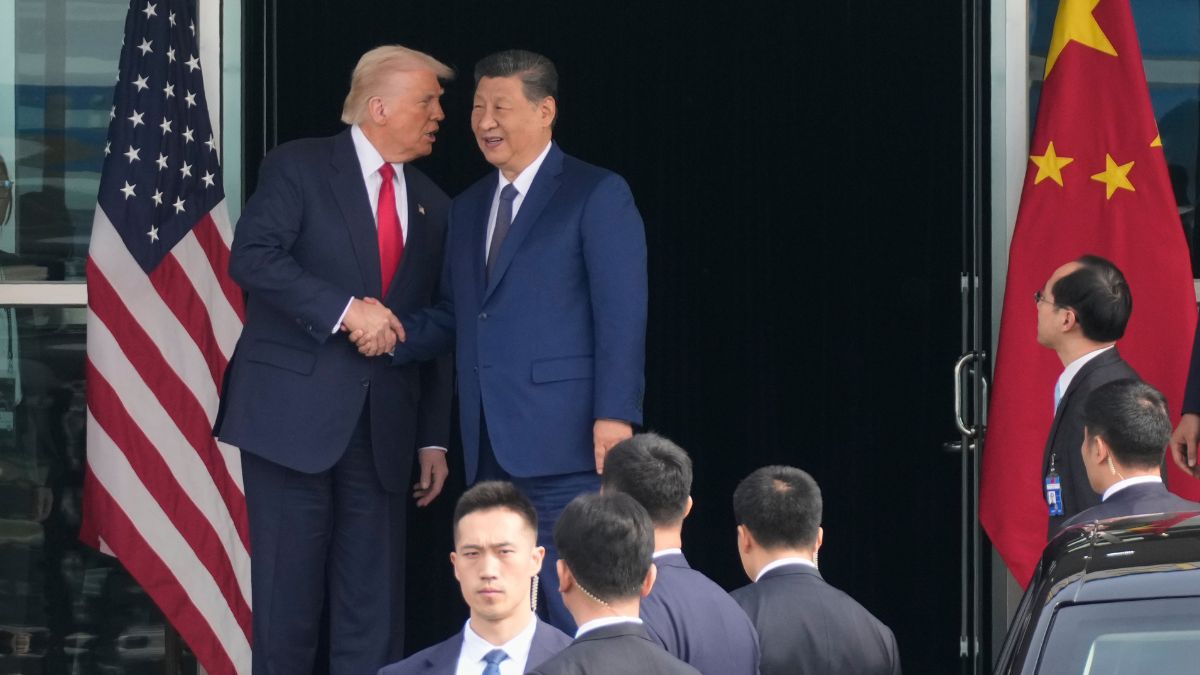)
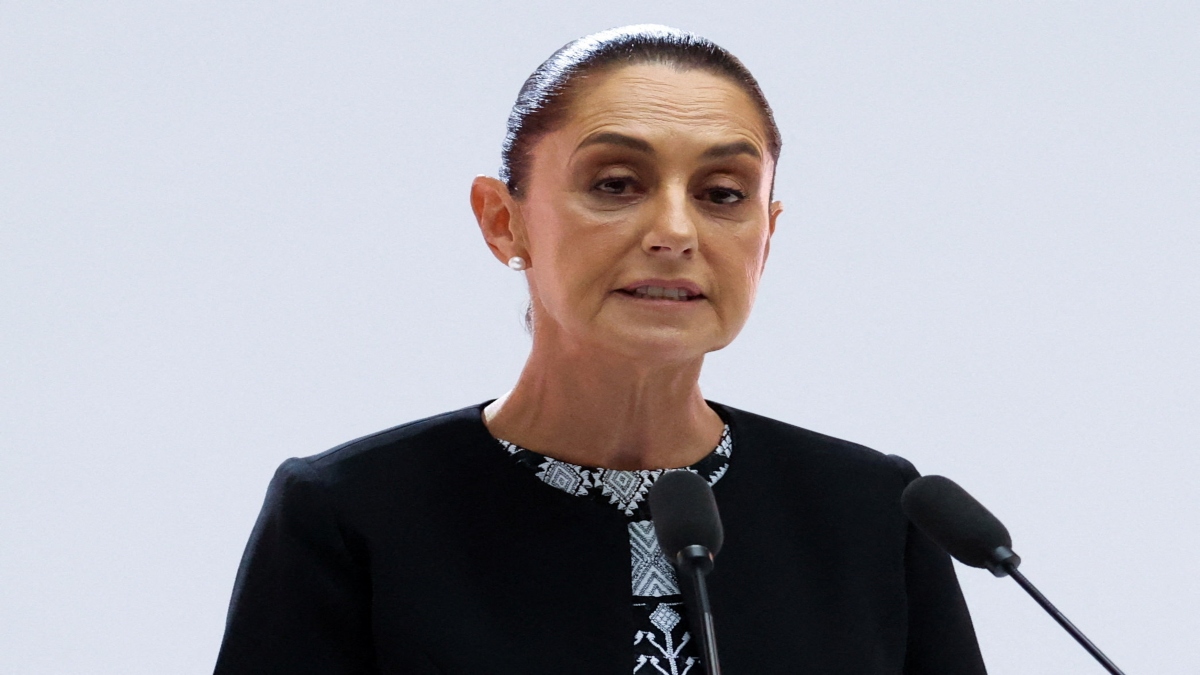)
)
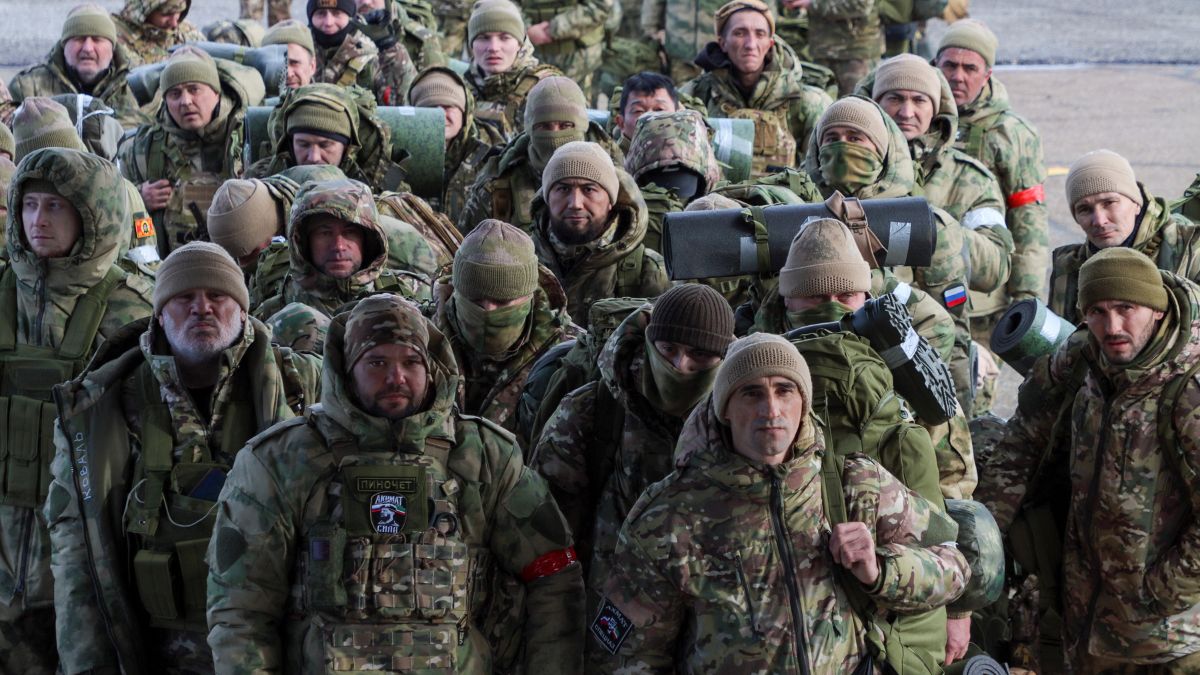)
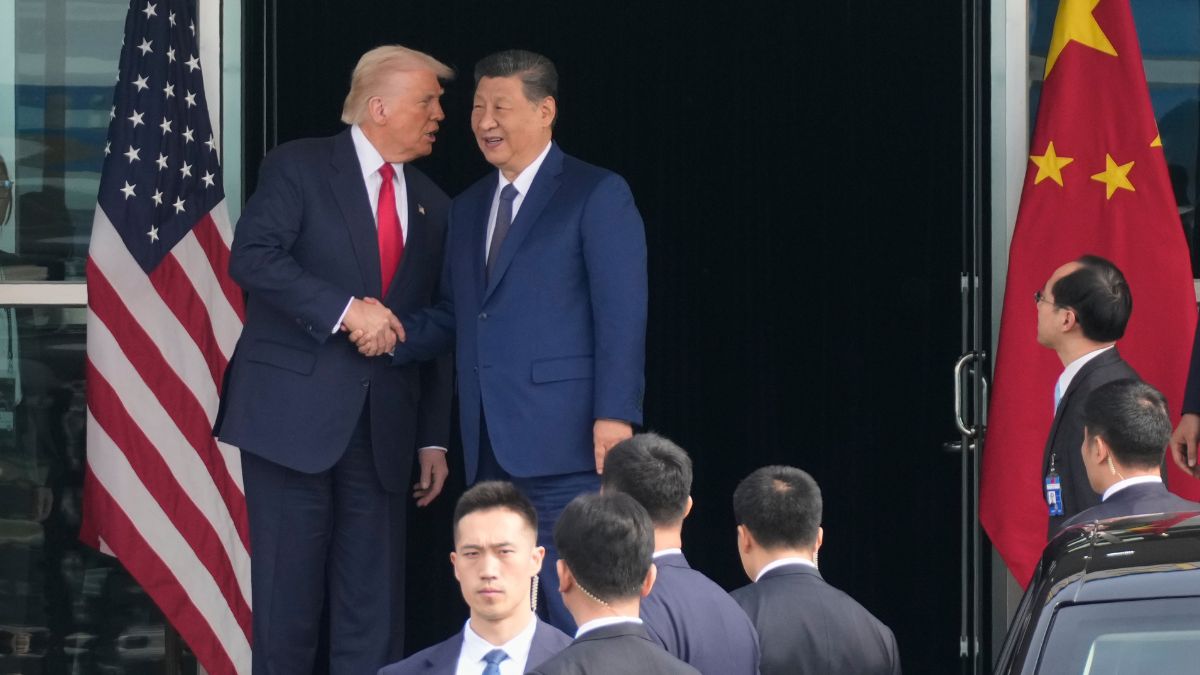)
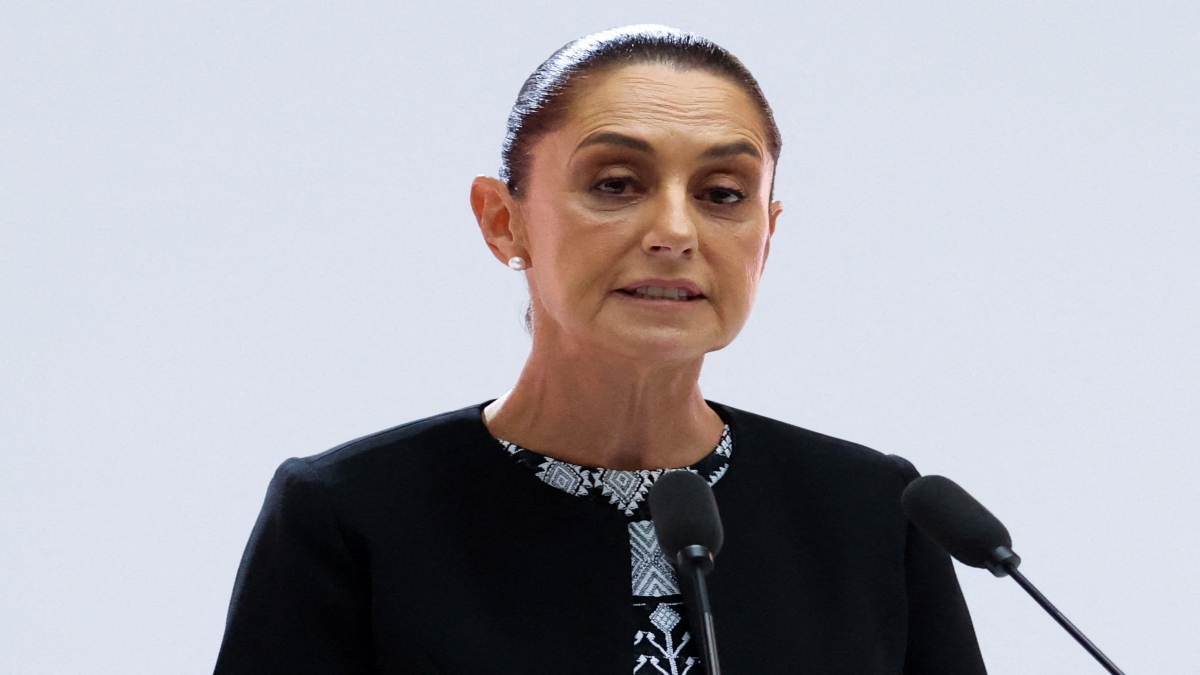)
)



